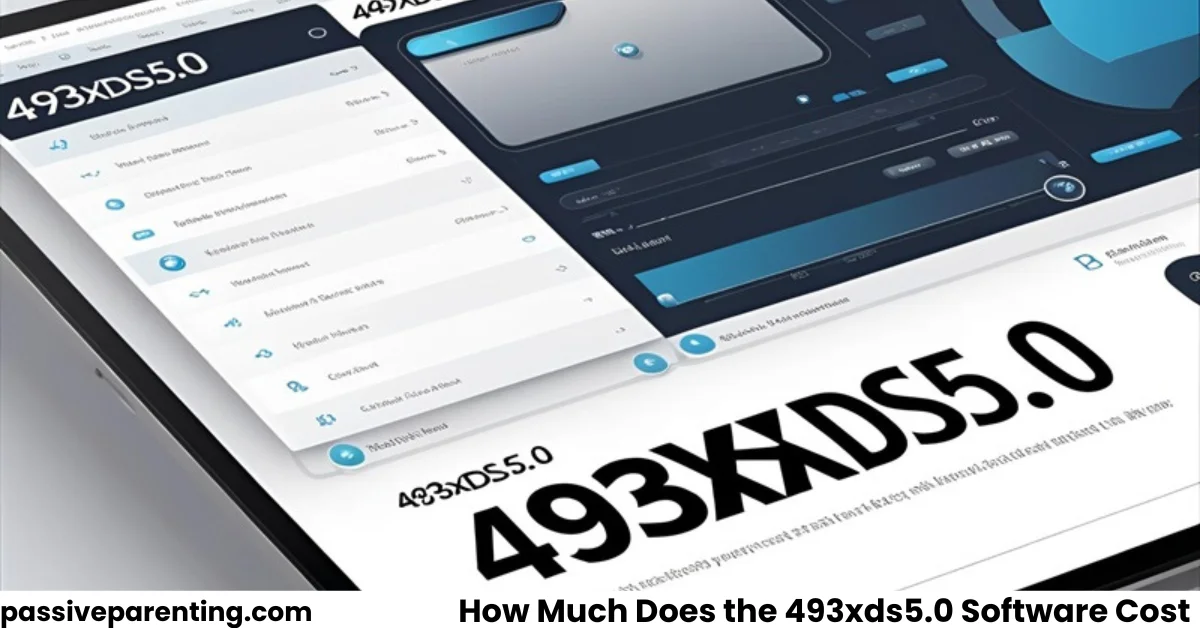In modern software development, managing bugs is as crucial as writing code itself. Teams that lack a reliable tracking system often face delays, missed deadlines, and frustrated clients. That’s where EndBugFlow comes in. But before adopting it, most people ask: how does EndBugFlow software work?
This guide explores EndBugFlow in detail; its core features, workflow, step-by-step functionality, and why it has become a trusted solution in development and QA circles.
What Is EndBugFlow Software?
EndBugFlow is a specialized bug-tracking and workflow management tool designed for developers, testers, and project managers. Unlike spreadsheets or email-based reporting, it provides a centralized platform where issues can be logged, tracked, prioritized, and resolved in real-time.
The software is especially valuable in Agile and DevOps environments where speed, accuracy, and communication are essential. According to Atlassian, effective bug tracking directly influences product quality and customer satisfaction.
EndBugFlow builds on this philosophy by combining automation, predictive analytics, and collaboration features into a single, user-friendly platform.
Core Features of EndBugFlow
To understand how does EndBugFlow software work, you first need to know its essential components.
1. Centralized Dashboard
The dashboard provides a visual overview of ongoing projects, logged bugs, and task assignments. Developers and testers can see priorities instantly.
2. Automated Bug Reporting
Bugs can be submitted directly via forms, integrations, or even automated error logs. The system captures details like error type, timestamp, and environment.
3. Prioritization Engine
EndBugFlow allows teams to rank bugs based on severity and impact. Critical issues get flagged automatically, ensuring they aren’t buried under minor glitches.
4. Team Collaboration Tools
Real-time commenting, tagging, and notifications make communication smoother. Similar to Slack or Trello integration, this ensures everyone stays aligned.
5. Analytics & Reports
Customizable reports allow managers to track resolution times, backlog growth, and team efficiency.
Step-by-Step: How Does EndBugFlow Software Work
Now let’s break down the actual workflow from start to finish.
Step 1: Setting Up a Project
When a team begins using EndBugFlow, they create a project workspace. Here, they can define team members, roles, and notification settings.
Step 2: Logging Bugs
Bugs are reported through user forms, integrated APIs, or automatic error detection. Each log contains:
- Description
- Screenshots or log files
- Severity level
- Steps to reproduce
Step 3: Assigning Tasks
The project manager or lead assigns the bug to a developer. EndBugFlow uses smart assignment tools that suggest assignees based on expertise and workload.
Step 4: Tracking Progress
The bug’s status moves through different stages: Open → In Progress → Review → Resolved. The dashboard updates in real time for full transparency.
Step 5: Testing & Verification
Testers confirm if the fix works. If successful, the bug is closed. If not, it cycles back to the developer.
Step 6: Reporting & Insights
Managers review reports to see how many bugs were resolved, the average resolution time, and which areas of the software are most error-prone.
This systematic flow ensures that no issue gets overlooked and that accountability is clear.
Why Teams Choose EndBugFlow
Teams across industries adopt EndBugFlow because it solves key pain points in software development.
- Time Efficiency: Automates repetitive tasks like bug categorization.
- Accuracy: Reduces errors caused by manual reporting.
- Transparency: Keeps all team members updated with real-time status.
- Scalability: Works for small teams and enterprise-level projects alike.
Comparison With Traditional Methods
Before tools like EndBugFlow, teams relied on spreadsheets or email threads to manage bugs. These older methods come with several problems:
- Lack of Automation: Manual entry leads to delays.
- Communication Gaps: Developers often miss updates buried in long email chains.
- Low Accountability: Difficult to track who’s responsible for what.
By contrast, EndBugFlow centralizes everything. Real-time updates, smart assignments, and data-backed insights make it vastly superior to traditional approaches.
Benefits for Different Users
For Developers
EndBugFlow minimizes distractions by clearly showing assigned tasks, deadlines, and severity. Developers spend less time on admin work and more time coding.
For QA Testers
Testers benefit from detailed bug reports with reproducible steps, making it easier to verify and close issues quickly.
For Project Managers
Analytics and reporting tools give managers a bird’s-eye view of progress, bottlenecks, and team productivity.
The Project Management Institute (PMI) highlights that structured tracking tools improve both project success rates and customer satisfaction. EndBugFlow embodies this principle.
Challenges & Considerations
No software is without limitations, and it’s fair to consider the challenges of EndBugFlow.
- Learning Curve: New users may need training to fully utilize features.
- Cost Factors: Subscription fees could be high for very small teams.
- Data Security: Storing sensitive bug reports requires strong privacy measures.
Future of EndBugFlow
As software ecosystems evolve, EndBugFlow is likely to expand with:
- AI-Powered Predictions: Anticipating bugs before they occur.
- Deeper DevOps Integrations: Seamlessly connecting with CI/CD pipelines.
- Remote Collaboration Enhancements: Optimized for distributed teams.
Final Thoughts
So, how does EndBugFlow software work? In short, it provides a centralized, automated, and collaborative environment where bugs are logged, tracked, resolved, and reported efficiently.
By streamlining communication and using data-driven insights, it not only improves product quality but also enhances team collaboration. For developers, testers, and managers alike, EndBugFlow offers the structure modern software projects demand.




